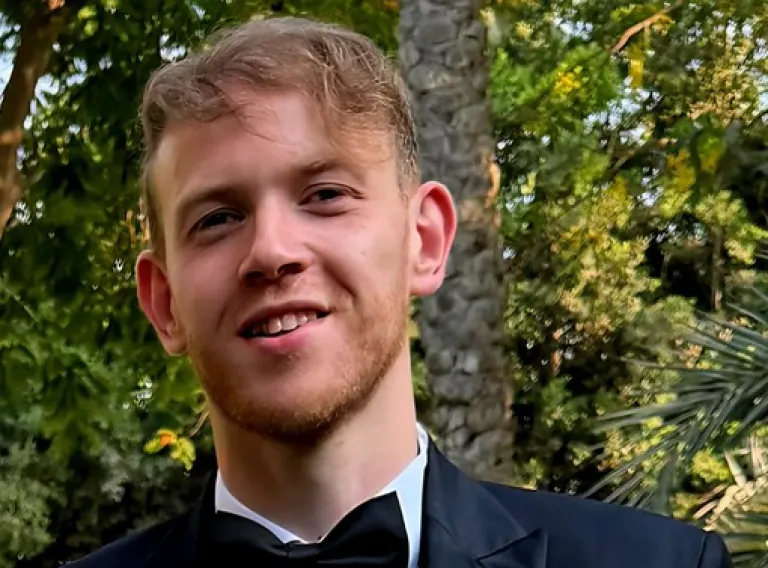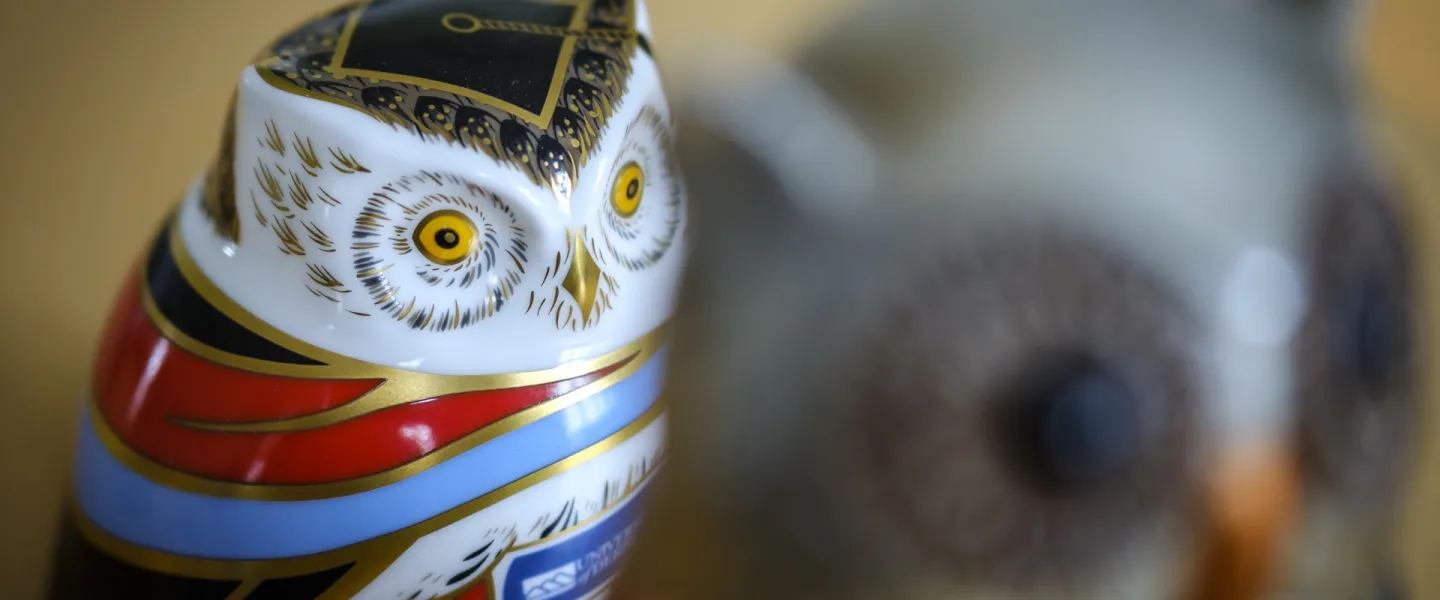VR-II
Langholt, room 257a
Title of thesis: Design and Development of EMG-Controlled Bionic Prosthetic Foot
Student: Mohamed Sayed M. Helmy Abdelbar
Doctoral committee:
Sigurður Brynjólfsson, Professor in Mechanical Engineering, Faculty of Industrial Engineering, Mechanical Engineering and Computer Science, University of Iceland
Kristín Briem, Professor in Physical Therapy, Faculty of Medicine, University of Iceland
Christophe Lecomte, Engineer and VP of Biomechanical Solutions - Research & Development at Ossur Inc
Atli Örn Sverrisson, R&D Bionics Engineer, Össur Inc.
Abstract
The prosthesis will provide the user with intention control in terms of being able to manipulate the degree of mobility/stiffness of the prosthesis for two degrees of freedom.
This will be achieved via voluntary muscle activation through a myoelectric liner interface within an appropriate socket and offer personalized settings to vary the stiffness of the foot in two planes of motion. No commercial prosthesis on the market offers two-degree-of-freedom mobility features with myoelectric control for lower-limb amputees. Specific aims of this doctoral study include: The development, control, feedback system design, and validation of a bionic prosthetic foot with direct control from EMG signals. A custom embedded system and a high-level controller should be developed. Furthermore, the inversion-eversion degree of freedom is added by the design of a module that may be fixed to ankle-foot prostheses. The movement that permits the ankle to tilt in the frontal plane is known as the inversion-eversion degree of freedom. This motion guarantees stability on sloping or unstable terrain by enabling the foot to remain flat.

Share
Buses 14, 1, 6, 3 and 12 stop at the University of Iceland in Vatnsmýri. Buses 11 and 15 also stop nearby. Let's travel in an ecological way!
